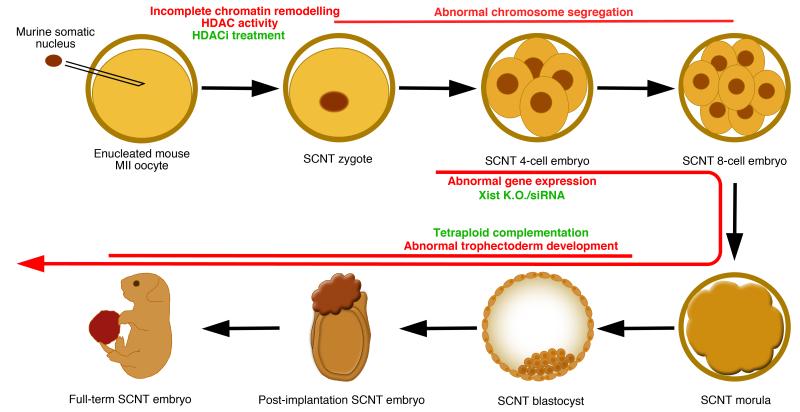Figure 1. Recurrent reprogramming defects in SCNT embryos.
In this example, a murine somatic cell nucleus is transferred into a mitotically-enucleated oocyte, containing cytoplasmic and nuclear reprogramming factors. After NT, the chromatin of the somatic nucleus is often not completely remodelled due to persistent histone deacetylase (HDAC) activity. This, and other reprogramming aspects, can be improved by HDAC inhibitor (HDACi) treatment. Abnormal chromosome segregation often occurs during the early cleavages and appears to be a major cause of developmental failure when it happens before the 8-cell stage. Following zygotic genome activation, abnormal gene expression, including Xist RNA from Xa and the subsequent under-expression of X-linked genes, further inhibits SCNT embryo development. This can be improved by removing Xist from Xa in donor nuclei, or injection of Xist siRNA in SCNT zygotes. Finally, incomplete reprogramming of the trophectoderm lineage, and the resulting defects in trophectoderm development are a major cause of the lethality of post-implantation stage SCNT embryos. This can be rescued by replacing the trophectoderm lineage with one generated from in vitro fertilized embryos through tetraploid complementation.

